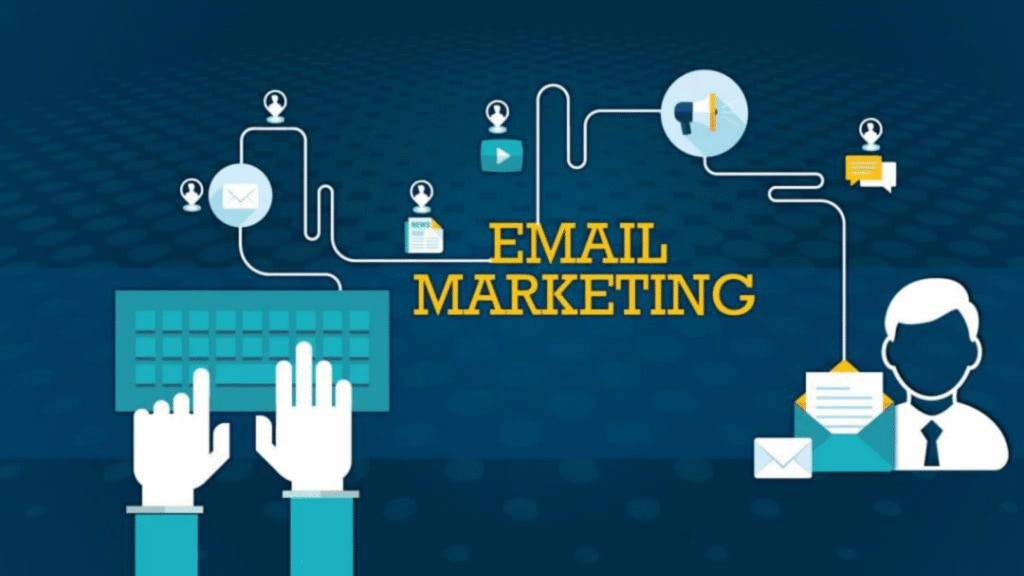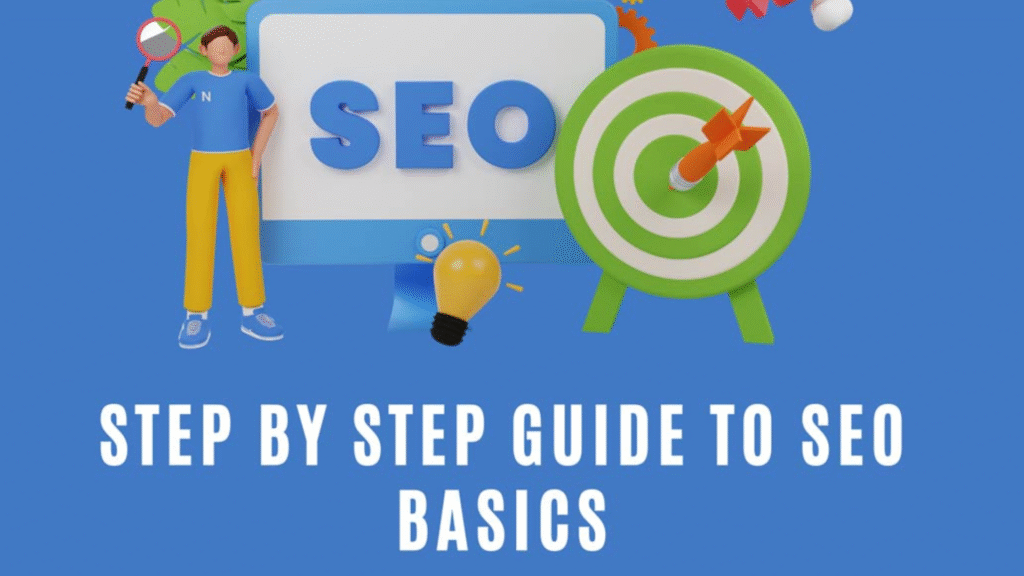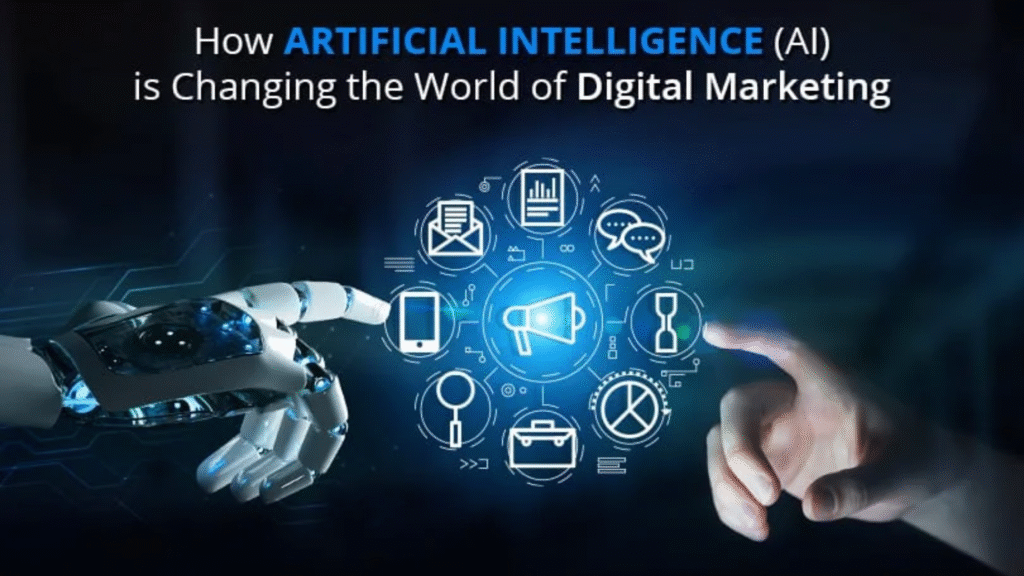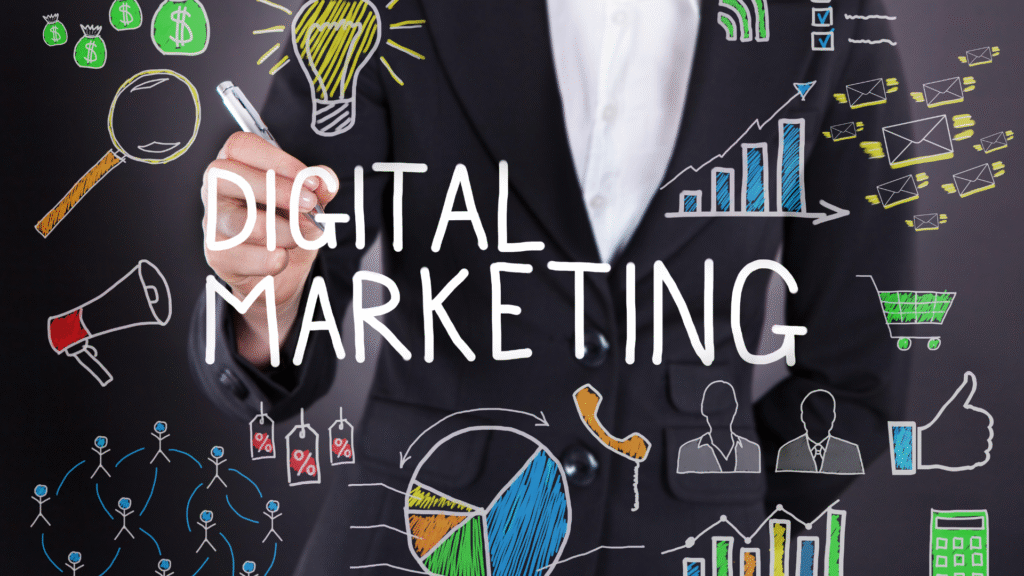Email Marketing Trends in 2025: What’s In, What’s Out
Let’s be honest — every year someone says email is dead. And every year… it keeps proving them wrong. Here in 2025, email is still one of the most powerful tools in a digital marketer’s toolbox. But the way we write, send, and track emails? That’s definitely changed. Whether you’re growing a business, building a brand, or just tired of writing emails no one opens — this is for you. Let’s talk about what’s actually working in email marketing right now — and what you can safely leave behind. ✅ What’s In (and Working Right Now) 1. Emails That Feel Personal (Because They Are) We’re not just talking about “Hi [FirstName]” anymore. In 2025, smart marketers are using AI to send emails that actually feel one-on-one. Think: People want emails that feel like they were written just for them — and now, you can do that at scale. 2. Interactive Emails Yup, your inbox is getting more fun. Now you can send: It makes your email feel more like an app — and keeps people engaged longer. 3. Simple, Mobile-First Design These days, most of your audience is opening your emails on their phone — while waiting in line, walking the dog, or multitasking. So forget complex layouts or emails that look like digital brochures. In 2025, the best emails are: 4. Real Relationships (Not Robots) The “noreply@yourcompany.com” email is officially dead. People want to hit reply and know someone’s on the other side. Whether it’s customer service, a founder, or your marketing team — having a real sender and real conversations is key. 5. Click-Worthy, Not Just Open-Worthy Since Apple and Gmail now block open tracking for a lot of users, it’s not just about open rates anymore. We’re focusing more on: The goal? Don’t just get opened — get read and clicked. ❌ What’s Out (Time to Let Go) 1. Mass Email Blasts to Everyone You know those “send to all” emails? They’re officially out. People want content that actually applies to them — not something generic. If you’re not segmenting your list, you’re probably losing people. 2. Clunky, Over-Designed Emails Sure, they look pretty. But if your emails take forever to load or break on dark mode, most people won’t even scroll down. Keep it clean. Think more “text message with visuals” and less “mini website.” 3. Measuring Success by Open Rates Alone Thanks to privacy updates, open rates are all over the place — and not always reliable. So if you’re still judging your email’s performance based on opens, you’re missing the full picture. Focus on engagement, not just vanity numbers. 4. Writing Paragraphs When You Could Say It in 2 Lines Your subscribers are busy. If your email feels like reading a novel, they’re probably deleting it before they hit the CTA. Punchy, helpful, human — that’s the move. 👀 So… What’s Next? Here’s what we’re starting to see: The future of email isn’t just automation — it’s smart, personal, and super human. 💡 Final Thoughts Email isn’t going anywhere. But it is evolving. Fast. If you’re still sending emails like it’s 2015 — it’s time for a refresh.If you’re showing up with value, relevance, and a real voice — you’re going to stand out. Want help writing better emails, setting up a welcome sequence, or choosing a tool that won’t break the bank? Just reply or reach out — I’ve got you. 💌




